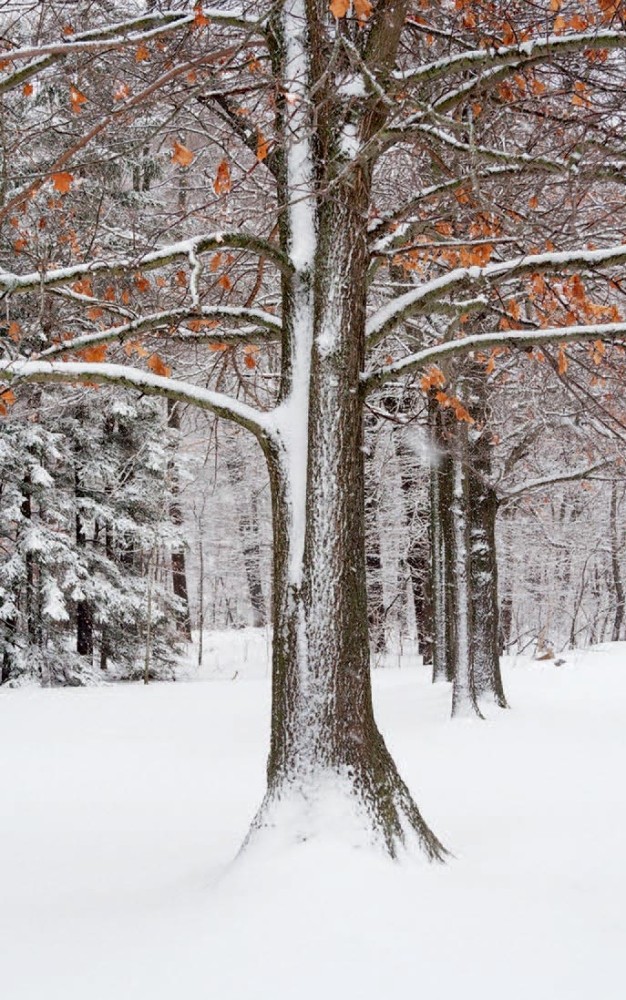The oaks are not doing well at Black Rock Forest. Their growth has slowed as new species of trees have found their way into the woods, and pathogens (such as the fungus that causes oak wilt), insects (such as spongy moth), and more persistent drought all threaten their health.
More than a decade ago, researchers at Black Rock, a regional center for science research and education located 50 miles north of New York City, started an experiment to understand how the loss of oaks might affect the overall ecology of the forest. They created a grid of 100-meter-by-100-meter plots and removed all, some, or none of the oak trees from each plot, creating a gradient of diversity. Over the years, scientists have studied these plots to document results on forest carbon, soils, and tree growth. Now, new research has added another dimension to understanding the impacts of oak loss: sound.
Led by graduate student Erich Eberhard, a team from Columbia University combined forest ecology research methods with those of the fast-growing field of bioacoustics. “For me, the soundscape was a new property of an ecosystem, compared to what we usually measure, things like net primary productivity or carbon flux,” said Professor Shahid Naeem, who also contributed to the study. Using spectrograms of sound recordings, the research team created an index of the biodiversity and structure of each plot’s “soundscape.” They filtered out noise from roads, airplanes, and other human activities, as well as wind and thunder, so that they were only listening to birds, insects, and other animal sounds. They also limited their study to daytime noises.
According to Naeem, the soundscapes were more influenced by changes in the physical structure of the forest than by the specific species of trees and shrubs that replaced missing oaks. High-resolution laser scanning imagery (lidar) allowed the team to quantify the physical structure, or the architecture, of the different plots, such as their rugosity (roughness) and tree sizes. The results showed that the plots with the most oaks had greater diversity of sound, and therefore likely greater biodiversity.
The researchers next plan to identify specific bird species in the soundscape, analysis made possible by the extensive collection of recordings in the Cornell Lab of Ornithology’s Macaulay Library.


